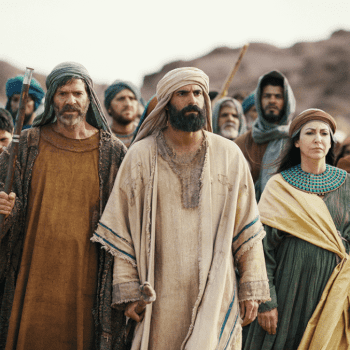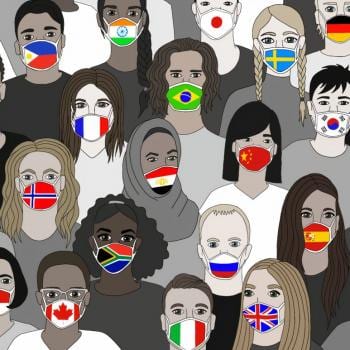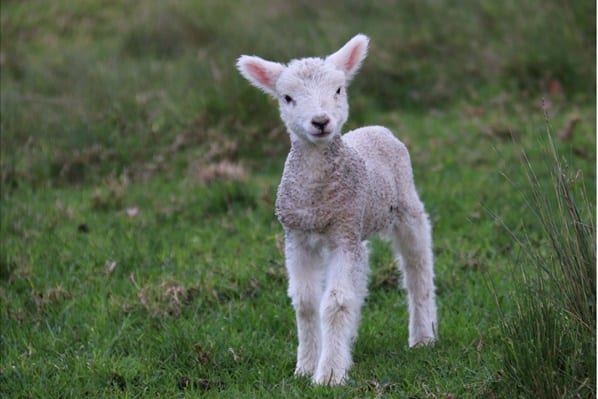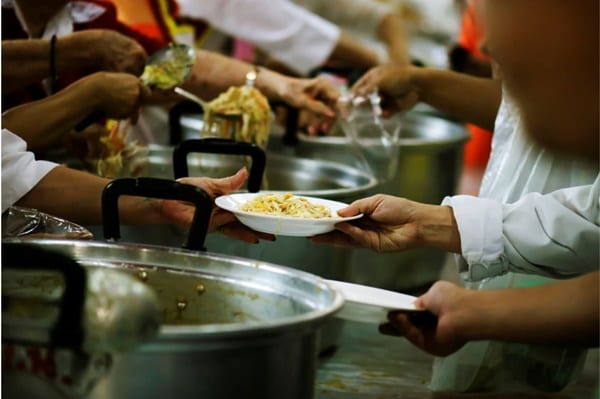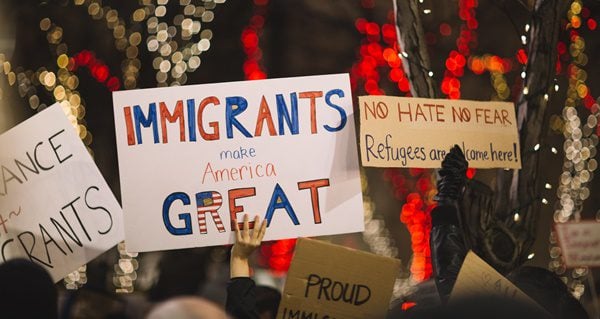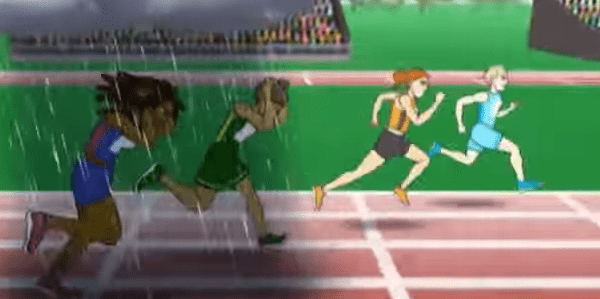 As February began, I wondered how best to observe Black History Month with my 6-year-old daughter.
As February began, I wondered how best to observe Black History Month with my 6-year-old daughter.
I have discussed race with her before, yet these infrequent conversations are not enough. I know that intentional, age-appropriate education is essential to raising aware, compassionate children who can create positive change. I am hoping my husband and I can use this month to lay some groundwork for ongoing conversations about race with our children.
Knowing where and how to begin, though, is a challenge. Racism is so deeply embedded in our national structure that the vast majority of it goes unnoticed. The horrors, the brutalities, the macro and micro aggressions, the structural inequalities that run so deep and yet are so easy to ignore in the myopia of privilege… all of this is so shameful and painful, it is difficult to know how to present it to children. I know that having the time to prepare my words carefully and the ability to put difficult issues aside when the subject matter becomes too intense or bewildering is in itself a privilege. As I wrote in my “Dismantling Racism” series last year, “As I strive to find the right ways to tell my daughters about the evils of racism in this country, I haven’t been forced into a conversation before they, or I, am ready, as far too many African American families are.”
Yet ready or not, I have become painfully aware last week that my daughters must at least begin to understand structural racism while they are young, so that by the time they are able to comprehend more deeply they can cope with the reality and resolve to make a positive difference, rather than be in denial. This became clear to me as I saw some disturbing news out of my hometown in Virginia trending on Facebook.
Glen Allen High School came under fire last week for showing a video supporting Affirmative Action. The video, entitled “Structural Discrimination: The Unequal Opportunity Race,” uses the metaphor of a track competition to present the systemic brutalities and hurdles facing African Americans as they make a living alongside white people in the United States. As the video begins, four people, two white and two black, are poised to run. Yet, as the race starts, the black people are detained by a stop sign. A ticker in the corner counts away the years, beginning at 1492. As the decades and eventually centuries tick by, the white runners complete lap after lap, accumulating wealth, while the black runners remain impeded. Explicit references are made to slavery, genocide, broken treaties, Manifest Destiny, Jim Crow laws, segregation and more. The years continue to tick away until 1964, when the Civil Rights Act was passed. Finally, black runners are allowed to enter the race. The significant wealth disparity between white people and African Americans (now that they are included as Americans) that has accumulated over the centuries is only one handicap the African American runners face. As they run, they encounter further obstacles such as housing discrimination, poor schools, high unemployment, the school-to-prison pipeline and shortened lifespan. It is well worth watching the video in full.
This is about as honest a depiction of the systemic racial inequalities built into the structure of our nation as a 4-minute video can be. The creators of the video, the African American Policy Forum, clarify that it is meant to emphasize not the runners themselves but “the conditions of the track – namely, the lanes that have been littered with race-based obstacles.” It highlights the conditions, created by past and present policy, that impede progress, conditions that those running in relatively uncluttered lanes may be inclined to ignore. It explains privilege in a way that is easy to understand and hard to deny. Most importantly, it names problems that might be mitigated, if not completely solved, with awareness (and thus a shift in the national consciousness), political will, and targeted policy.
Yet many parents decried The Unequal Opportunity Race as a propagation of “white guilt,” prompting the Henrico County school board to censor the video. Such a reaction only underscores the necessity of teaching youth, from the time they begin to form their worldviews, the truth of our history in all of its ugliness. An accurate depiction of history, taught with sensitivity and compassion, does not “poison race relations” as some accusers say. Race relations are already poisoned by past and present policies and culturally-conditioned attitudes, and reinforced by denial and white defensiveness. The staggering rates of African American incarceration, employment gaps at all levels of education, growing disparities in household wealth, and much more can attest to this truth. Recognition of continuing race-based societal inequalities can inspire collective responsibility and hope for a future that uses the lessons of the past to improve societal conditions for everyone.
Yet defensive posturing impedes social progress as much as any discriminatory policy. Defensiveness is understandable, but indefensible. It is human nature to want to believe in the mythology of any dominant nationalism – the victim-denying propaganda of the “land of the free and the home of the brave.” At most, many people are willing to admit the faults and sins of ancestors as mistakes of the past that have been overcome. The ongoing legacy of slavery, segregation, discrimination, and dehumanizing lies are impossible for African Americans to ignore but uncomfortable for white Americans to acknowledge. The effects of prejudice, violence, opportunity denied and progress destroyed (like the US-interstate system deliberately cutting through prosperous black communities) cannot be easily erased, and the prejudice and violence are ongoing, as Trayvon Martin, Eric Garner, Michael Brown, Tamir Rice, Freddie Gray, Sandra Bland and too many other stolen black lives can attest. To deny this reality, to claim that the playing field is leveled, is ultimately to reinforce the lie that the undeniable racial gaps in wealth, health, living conditions, employment, education, incarceration, etc., are existential or character flaws rather than systemic, conditional inequalities. It feeds prejudice to those who believe themselves above prejudice, reinforcing negative attitudes, ignoring underlying causes, and exacerbating problems that are already unbearable.
Defensiveness poisons race relations, and denouncing educational material that speaks the truth does all of our children a disservice. My hope for my own generation and generations to come is that we may repent of our defensiveness, cast off our blinders, and do the difficult work of examining and dismantling the racist structures within our society. When my own children are old enough to see a video like The Unequal Opportunity Race, I want them to be prepared and edified, not shocked. So how do I begin the uncomfortable but necessary work of telling the truth of our X-rated history and ongoing evil to my children?
The main lesson I want them to learn is twofold: that people are created equal, but opportunity is not. The first part of this lesson – teaching them essential equality, is something they know intuitively. But I can reinforce this by modeling and encouraging interracial relationships. I am fortunate to have good friends of different races, and my older daughter is as well. I can also make sure the books she reads and shows she watches feature characters who are diverse in race, as well as religion, gender, culture, language, ability, etc. For example, I will encourage my daughter to pick a few books to read from this list. I can make sure her toys are multiracial as well. A monochromatic media and culture can plant prejudices and stereotypes; it can take intentional effort to counter the images that children absorb from a society that still enforces white standards and values.
The second part of this lesson is more difficult because it confronts the systemic injustices that we wish did not exist: opportunities are not equal. The chances we have in life have been shaped by the people and events that have come before us and by our communities. I want to teach them the virtue of responsibility, but also refute the myth of total individualism and self-reliance. Helping them learn interconnection and the skills of cooperation and teamwork will go a long way in this regard.
With this background, I want to help my children to understand that the historical failure of white people to understand the inherent equality of people with darker skin has caused terrible wrongs that have affected generations and continue to affect us all today. But we have a collective responsibility to build each other up. We have a responsibility to understand the wrongs of the past and how they contribute to the injustices of the present. I do not want my children to feel conflicted about their own race; I want them to feel collective accountability for the welfare of the human race.
And so when my children are able to learn more about the privileges they enjoy and the violence that has been inflicted on others because of race (or creed, or ability, or any other reason), I want them to feel not guilt but responsibility, not defensiveness but an urge to listen, learn, and help. I want them to understand that a video like The Unequal Opportunity Race is not about white guilt but black experience, and that awareness can be the first step toward solving problems, but defensiveness lets problems fester and exacerbate. To help curb the natural human tendency toward defensiveness, I need to model, well… not being defensive myself. I need to show them how to take criticism, suggestion, advice and negative feedback with grace and gratitude. This is one of the most difficult things in the world for me, but I think this is where faith can really help.
Teaching my daughters, not just in words but in actions, that they are unconditionally loved should help mitigate defensiveness. Defensiveness is rooted in fear, and perfect love casts out fear. When it comes to white defensiveness to exposures of racism, I believe reluctance to admit privilege is rooted in a revulsion to the abject horror and blatant injustice of racial violence, a fear that such crimes are unforgivable and a distancing of ourselves from those crimes. While the horrors of slavery and lynching and Jim Crow might belong to the past, there are ongoing effects of white privilege and ongoing manifestations of racism. Racism is willful blindness to privilege and an unwillingness to change it; racist attitudes are manifestations of fear – not only fear of the “other,” but also fear to admit the worst within ourselves. But if we can surrender our defenses and face our fears, we can join in building a better world with our brothers and sisters of every race. Knowing that we are loved is the only way we can face, rather than compound, our fears. So one of the best ways to teach my children about racism and how to dismantle it is simply to love them, and show them how to use the love they receive to love others.
These are some of my initial thoughts about teaching my children about racism. But I have so much more to learn! I would love to hear your thoughts and continue the conversation in comments.
Image: Screenshot from Youtube: The Unequal Opportunity Race by Erica Pinto.





